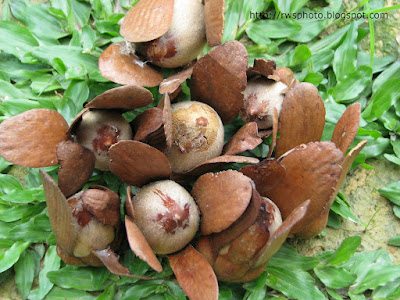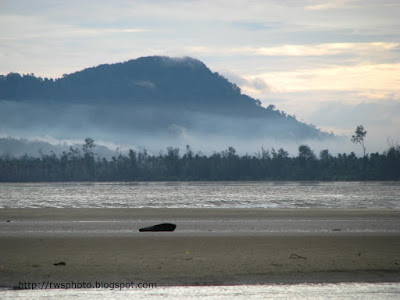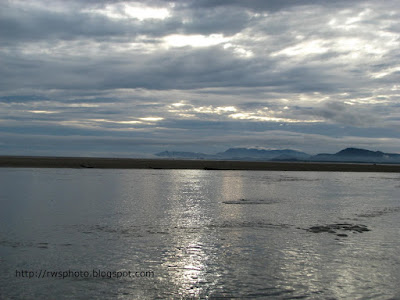Shorea (Meranti) Nuts - Winged fruits
Photos of Shorea matured nuts. The nuts is also known locally as buah Engkabang or Mengkabang. In Bidayuh, it is called Buah Bekawang.
 Above: Look like a nipple fruit.
Shorea is a genus of about 196 species of mainly rainforest trees in the family Dipterocarpaceae, from the type genus Dipterocarpus. Dipterocarpus, is derived from Greek (di = two, pteron = wing and karpos = fruit) and refers to the two-winged fruit. The genus is named after Sir John Shore, the Governor-General of the British East India Company, 1793-1798. They are native to southeast Asia, from Northern India to Malaysia, Indonesia and the Philippines.
Above: Look like a nipple fruit.
Shorea is a genus of about 196 species of mainly rainforest trees in the family Dipterocarpaceae, from the type genus Dipterocarpus. Dipterocarpus, is derived from Greek (di = two, pteron = wing and karpos = fruit) and refers to the two-winged fruit. The genus is named after Sir John Shore, the Governor-General of the British East India Company, 1793-1798. They are native to southeast Asia, from Northern India to Malaysia, Indonesia and the Philippines.
 Above: Four wings fruit
Many economically important timber trees belong to Shorea. They are sold under various trade names including "Meranti", "Lauan" (or "Luan"), "Seraya", "Balau", and "Bangkirai". Other products from Shorea spp. include Dammar and Illepe. Dammar is a resin collected from a variety of species. It varies in colour among the different taxonomic groups. Shorea wiesneri is listed in many website as an important source of dammar.
Above: Four wings fruit
Many economically important timber trees belong to Shorea. They are sold under various trade names including "Meranti", "Lauan" (or "Luan"), "Seraya", "Balau", and "Bangkirai". Other products from Shorea spp. include Dammar and Illepe. Dammar is a resin collected from a variety of species. It varies in colour among the different taxonomic groups. Shorea wiesneri is listed in many website as an important source of dammar.
 Note: The Shorea nuts was collected from 13th Mile Kuching Serian road.
Recommended reading:
* Photo of Green Grapes in the Tropic
* Rambutan - Nephelium lappaceum
* Barbados cherry in Borneo
* Freak papaya from Borneo
SEO: Buah engkabang | bekawang | mengkabang | buah meranti
Note: The Shorea nuts was collected from 13th Mile Kuching Serian road.
Recommended reading:
* Photo of Green Grapes in the Tropic
* Rambutan - Nephelium lappaceum
* Barbados cherry in Borneo
* Freak papaya from Borneo
SEO: Buah engkabang | bekawang | mengkabang | buah meranti



















